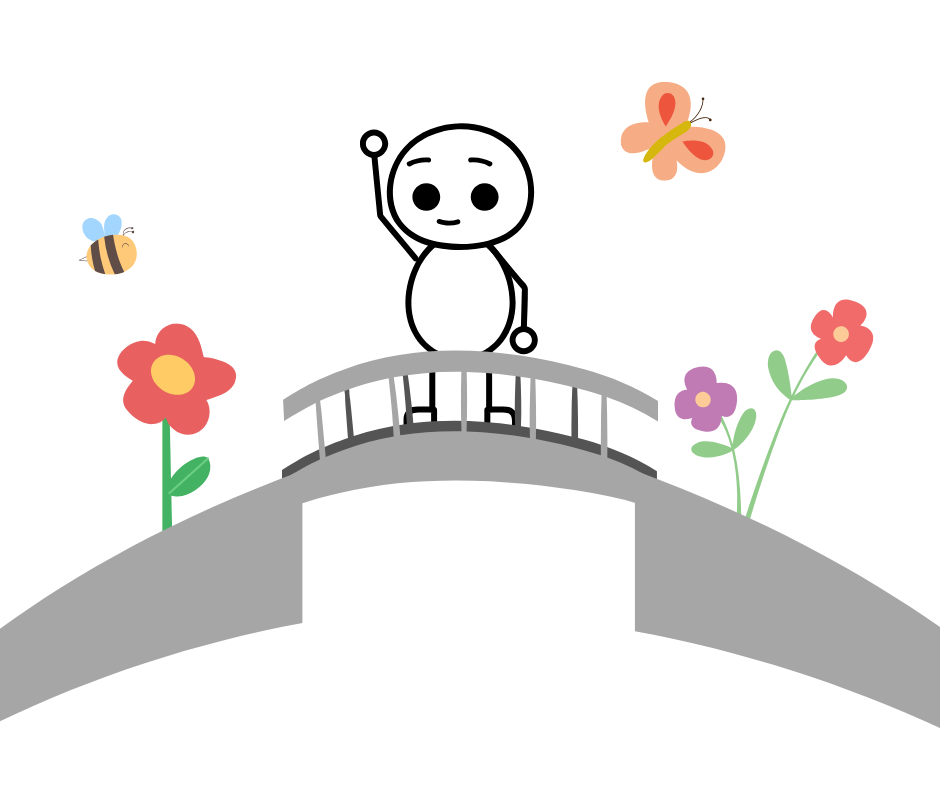Expectations and Desires
Recently, I took a customer experience course, and there was a statement that resonated far beyond business:
“Experiences can make or break an organization’s success. They can separate those that outperform the market from those that perform averagely. Even seemingly small gaps in expectation versus reality can manifest into large issues at aggregate, leading to lower engagement or lost loyalty, ultimately impacting financial performance.”
This made me reflect, because it is true not only in business but in every aspect of human life: even small gaps between expectation and reality can create significant complications.
Take, for example, setting up a first date through a dating app. You see the person’s photos and form an image in your mind. But when you finally meet, reality doesn’t match your imagination. Regardless of whether the person is genuinely kind or unpleasant, the gap itself becomes the focus. If the gap is positive, you might project even more virtues onto them. If it’s negative, you may start seeing flaws that aren’t even real. You could end up turning away someone who would have truly resonated with you — or idealizing someone based purely on fantasy.
I suppose this has happened to almost everyone at some point — I know it certainly has for me.
This everyday example shows how our minds get trapped in the gap between what we expected and what is actually unfolding.
Interestingly, this gap is exactly what Buddhism describes as one of the roots of suffering.
Buddha taught that desire, craving, and attachment — not reality itself — are what create our dissatisfaction. We cling not only to things we want, but also to ideas of how life, people, or ourselves should be. When reality inevitably deviates from these ideas, suffering arises.
When we build expectations, we plant the seeds of disappointment. And when reality blooms differently, we sometimes miss the beauty right in front of us — because we are still clinging to a different flower we imagined.
Mindfulness, a key practice in Buddhism, invites us to meet life moment by moment, without being entangled in expectations.
Not with cold detachment, but with a warm, open presence: to really see the person across from us, not just the version we had created in our minds. To experience events as they are, without immediately measuring them against what “should have been.”
Mindfulness doesn’t mean giving up on hopes or plans.
It simply invites us to hold them lightly — and to embrace the living reality that meets us, moment by moment.
Here are a few simple practices you can try to gently close the gap between expectation and reality in your own life.
Mindfulness Exercises to Soften the Gap Between Expectation and Reality
1. Expectation Check-In
- Before you enter a situation (a meeting, a date, a phone call, etc.), pause for a moment.
- Ask yourself:
“What am I expecting to happen?”
“Can I let go of needing it to happen that way?” - Set an intention instead: “I will stay open to whatever actually unfolds.”
- This simple awareness often softens rigid expectations before they can cause disappointment.
2. Reality Acknowledgment Breath
- When you notice disappointment or frustration bubbling up, pause and take three slow, deep breaths.
- As you breathe in, mentally say: “This is what’s happening.”
- As you breathe out, mentally say: “And that’s okay.”
- Breathing with the reality, not against it, helps the mind realign with what is truly present.
3. Seeing Without the Story
- Choose a very ordinary object — like a cup, a tree, or your own hand.
- Look at it carefully for 30 seconds, noticing textures, colors, shadows.
- Try to see it without naming it, judging it, or telling a story about it.
- Practice seeing what is there, not what you think is there.
- This exercise strengthens the “muscle” of meeting reality without layering expectation over it.
4. The “Let It Be” Practice
- When you catch yourself wishing something were different, simply whisper to yourself internally: “Let it be.”
- You don’t have to like the situation, you don’t have to force acceptance — just let it be.
- Letting something exist without fighting it can bring surprising peace.
5. Gratitude for the Unexpected
- At the end of your day, write down one thing that didn’t go as you expected — but still held something valuable.
- Maybe a plan fell through but you had extra time to rest.
- Maybe a conversation went differently but taught you something important.
- This practice retrains the mind to see reality not as a disappointment, but as a living, generous process.
